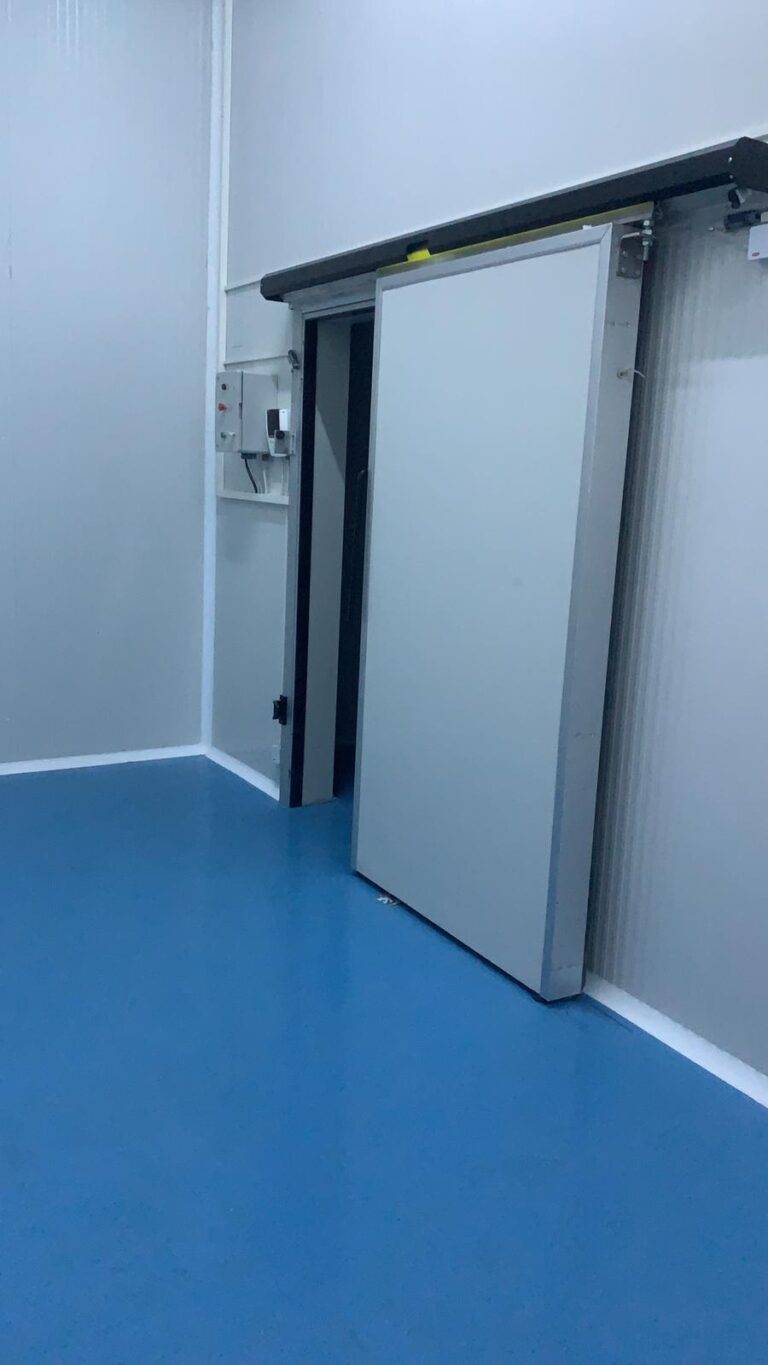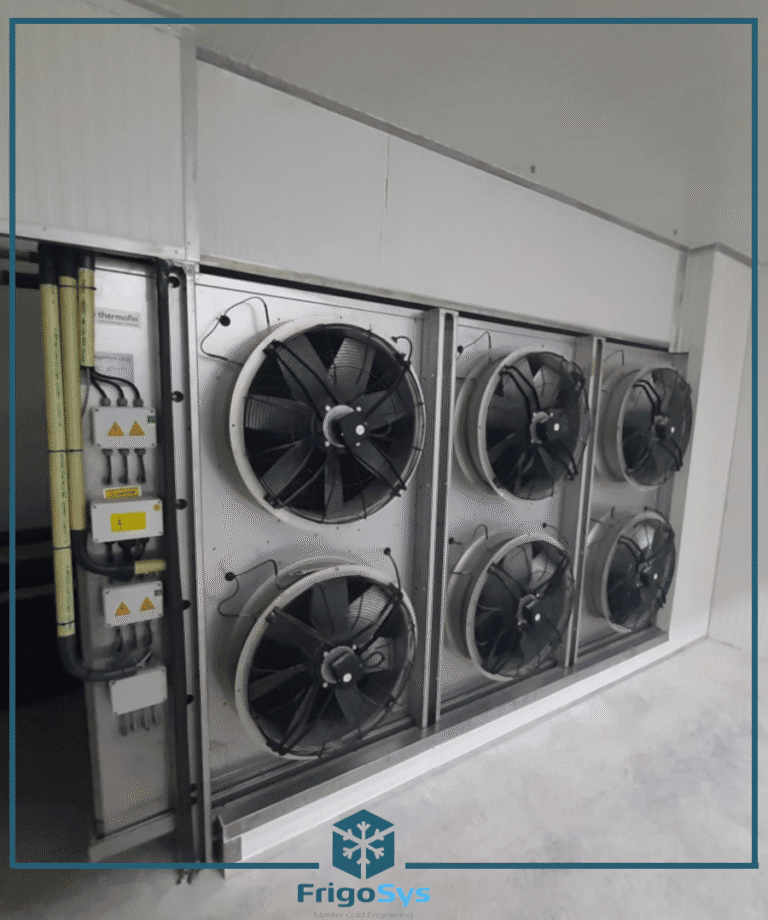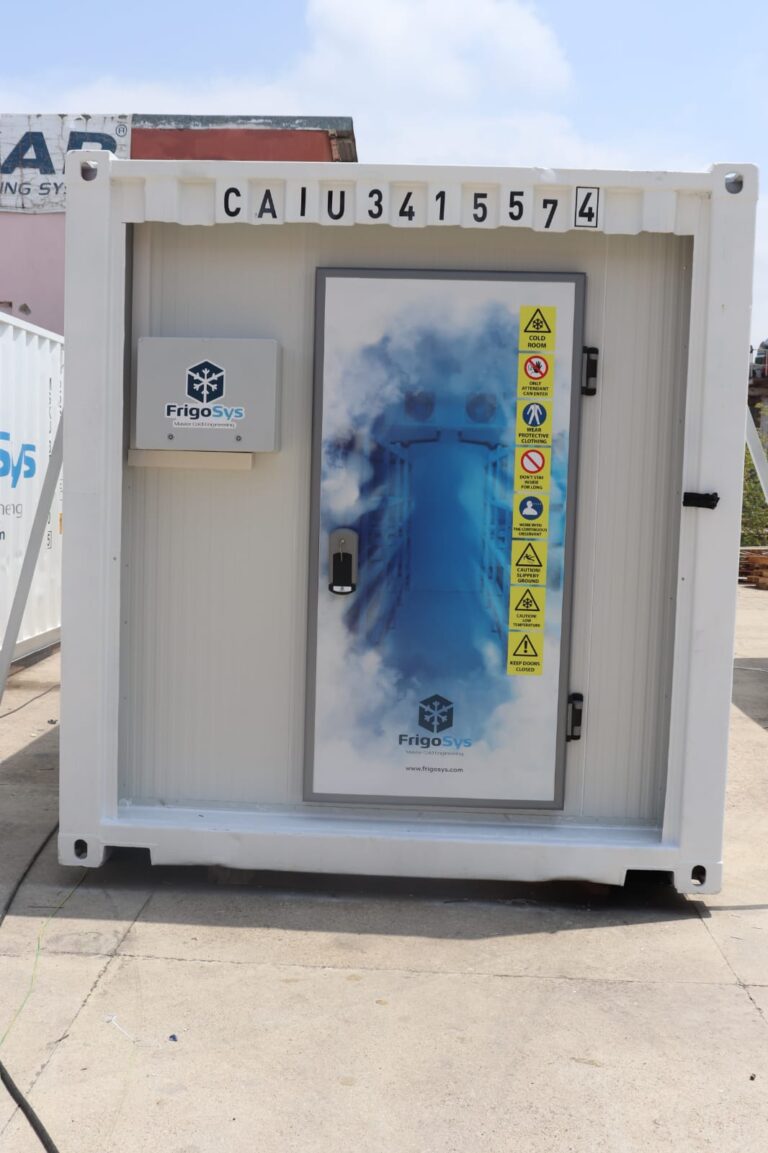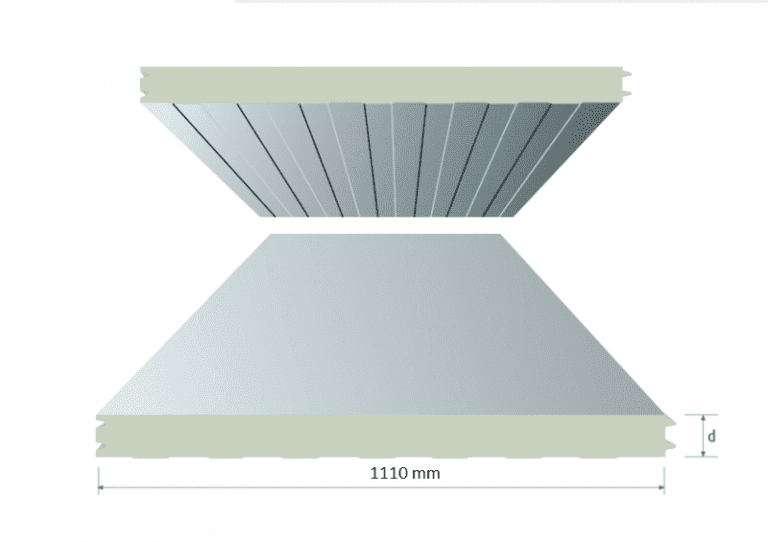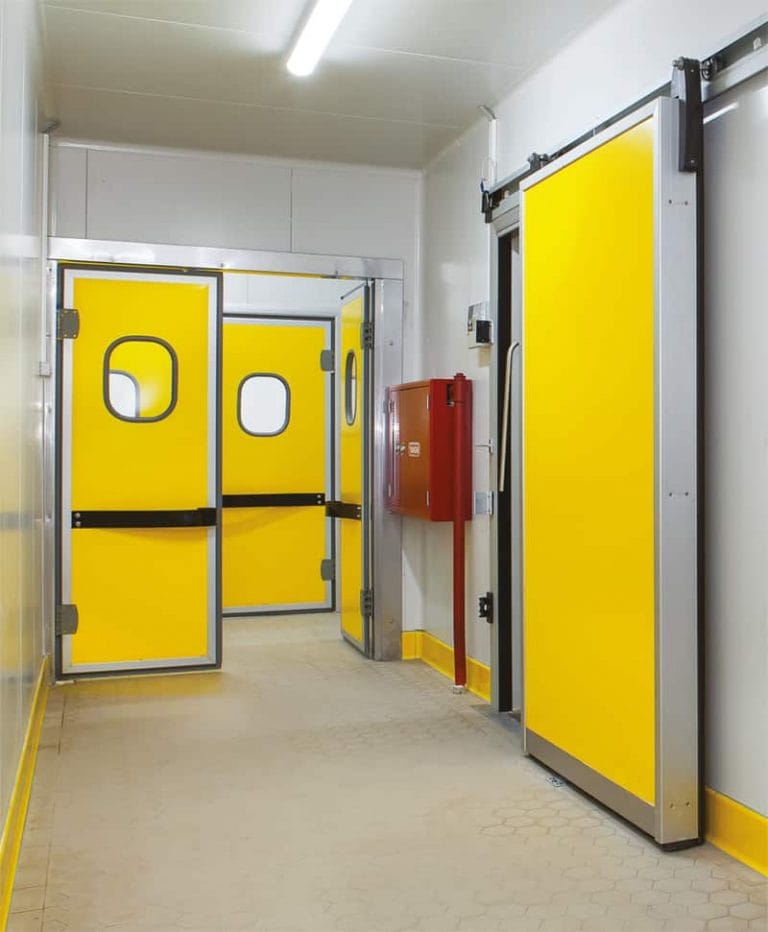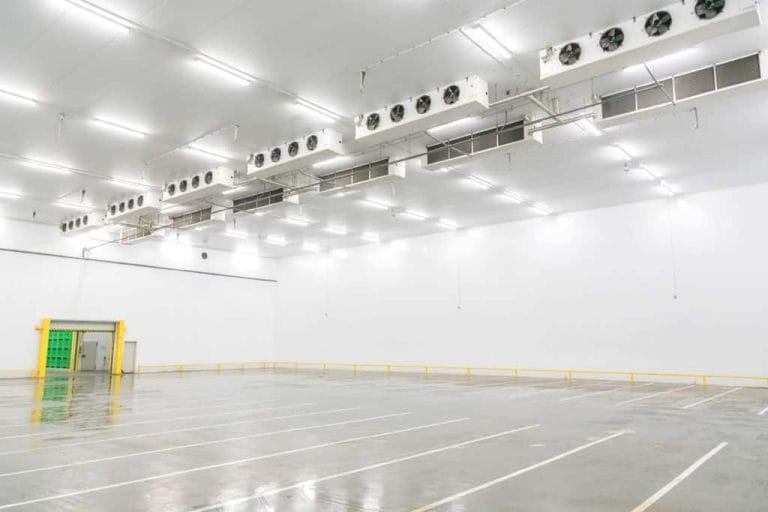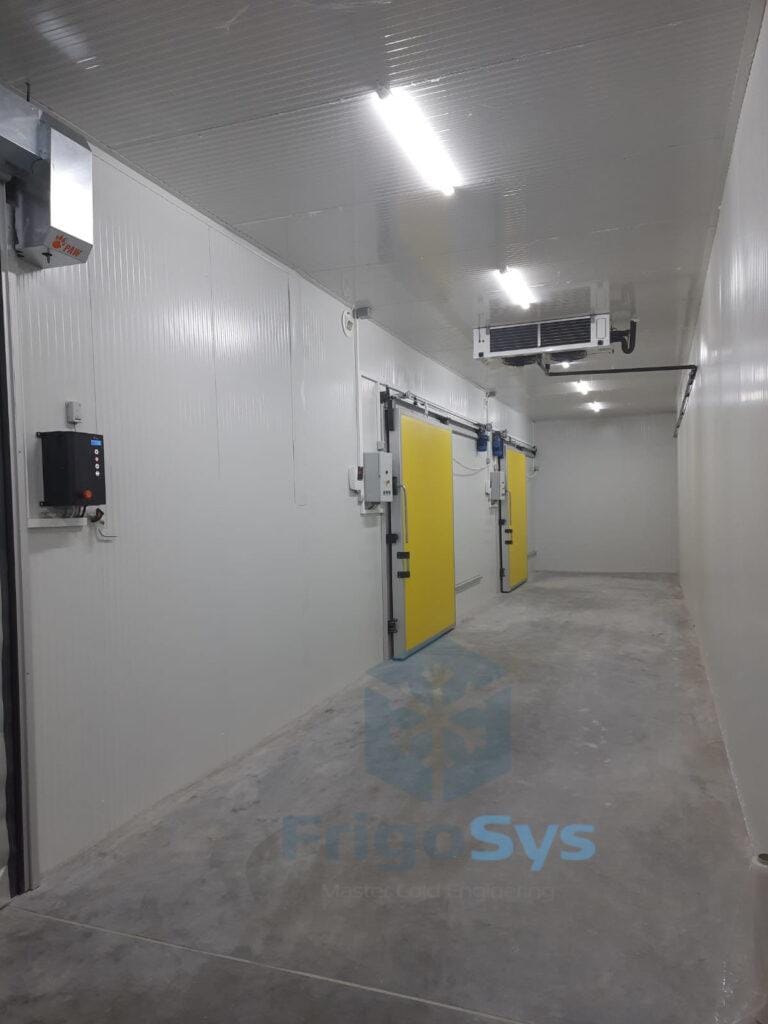One of the tasks of a designer of the refrigeration system pipeline is to select the size of the various pipe runs in the systems and to specify the pipe materials, the placement, slope, and support of this pipe. The usual concern is to be sure to make the pipe large enough, but there are several situations where a minimum refrigerant velocity must be maintained in the pipe which specifies a maximum pipe size.
Pressure Drop in Refrigeration System Pipeline
Designers of refrigeration systems make most of their pipe-size selections using special-purpose pressure-drop charts. A separate chart is available for each different refrigerant and there are usually only a limited number of refrigerants with which to deal. For vapors, the pressure drop depends on the pressure level, as indicated by the saturation temperature. There may be situations, however, that are not covered by standard charts, such as for new refrigerants or for secondary coolants. For these occasions, it is valuable to fall back on such basic pressure-drop equations as Darcy-Weisbach.

Optimum Pipe Size
Computation of the pressure drop of the refrigerant flowing in a pipe is only one step in the decision process of selecting the pipe size. Ultimately the decision of the size of a vapor pipe is economic, trading off the additional cost of a larger pipe against the saving in compressor energy over the equipment lifetime.
Pressure Drop in Fittings
In addition to the pressure drop that occurs in straight pipes, fittings such as elbows and tees also cause pressure drop. The physical layout of the piping system determines where elbows and branch tees are located. In addition, there are noticeable drops in pressure through valves, even when they are wide open. Judgment must be used on where to install valves and what type of valve to choose. Even valves that are rarely shut off may be invaluable in isolating a certain component or even another valve in rare instances. On the other hand, extra valves placed in vapor lines may represent a persistent demand for extra compressor power whenever the system operates.
Refrigeration System Pipeline Size Selection
The ability to determine the pressure drop in a refrigerant line may be crucial, but there remains the decision of how much pressure drop (or drop in saturation temperature) to specify. While the optimization process discussed would be ideal, designers usually resort to some conventions that at least give reasonable pipe sizes. The various pipe sections are addressed individually:
1 – Suction to the compressor
The total drop in saturation temperature is usually chosen to be 0.5 to 2°C (0.9 to 3.6°F). The exceptions are vertical risers both for halocarbon direct expansion and for ammonia liquid overfeed coils. For halocarbon direct-expansion systems the velocity of the refrigerant vapor must be high enough to convey oil back to the compressor. For ammonia liquid-overfeed coils the vapor velocity in the riser must be high enough to blow the liquid out so that it doesn’t fill the riser.
2 -Discharge from the compressor to condenser
The total drop in saturation temperature is usually chosen from 1.0 to 3.0°C (1.8 to 5.4°F). A given drop in saturation temperature in the discharge pipe is slightly less penalizing in compressor power than the same drop in temperature on the suction side.
3- High-pressure liquid
A pressure drop in this section may exact no penalty whatsoever on system performance because the pressure drop that does not occur in the pipe will take place in the expansion device or level[1]control valve. The expansion device provides the final reduction of pressure to the intermediate pressure (in two-stage compression) or to the low pressure (in single-stage compression). The concern about pressure drop in this line arises more in assuring that the pressure does not drop to the saturation pressure corresponding to the existing refrigerant temperature. Were the pressure to drop to that point, the liquid would flash into vapor, aggravate the pressure gradient, and possibly restrict the flow through the expansion device. Refrigerant velocities chosen for liquid lines range from 1 to 2.5 m/s (3 to 8 ft/s)
4-Liquid/vapor return from evaporators to low-pressure receiver
The line from the evaporators back to the low-pressure receiver in liquid recirculation systems carries a mixture of liquid and vapor. Calculations of pressure drops in the flow of liquid/vapor mixtures, while possible, are complex. To avoid cumbersome calculations, yet still make allowances for the presence of liquid, some designers choose the line size, first by determining the appropriate size if the pipe were carrying only vapor, then step up to the next pipe size to allow for the combined flow of liquid
5 Hot-gas defrost lines.
To make an intelligent choice of pipe size, the required flow rate of hot gas as a function of the evaporator size should be known. A rough estimate of the hot-gas flow rate is that it is twice the refrigerant flow rate used during refrigeration service. With this assumption, the recommended sizes of ammonia hot-gas branch lines proposed by Hansen9 use as a basis a velocity of 15 m/s (3000 fpm) with 21°C (70°F) hot gas. This velocity would be appropriate for hot-gas branch lines serving a single evaporator of a cluster of evaporators defrosted at the same time. The hot-gas mains may be sized for carrying half the total of all connected evaporators on the assumption that no more than half the evaporators would be defrosted at one time.
Source: Industrial Refrigeration Handbook

